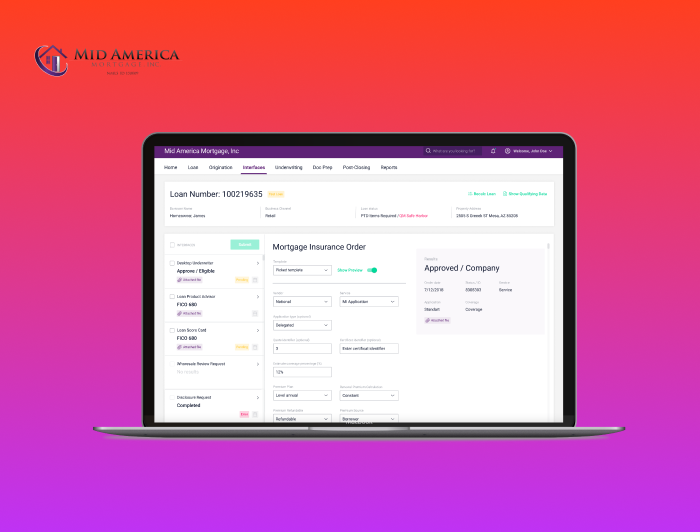
Payment System Architecture
Building a customer-centric payment system depends on the choice of proper solution architecture. In such a case, a distributed system architecture is among the top candidates for this role. The very interest in the emergence of new payment systems is driven by the growing demand.
First and foremost, Statista indicates a 61% increase in digital banking users in the United States. Notably, such a significant growth happened between 2018 and 2022. Second, the World Bank reports about 76% of adult users all over the globe have a digital banking account or work with a mobile money provider. These two facts show the rise of digital banking and more people using the technology daily.
Keeping the insights above in mind, it is essential to understand a payment system architecture, why to use it first, what benefits it grants, and how one can build one. Answering all these questions enables Fintech companies to tap into the digital banking phenomenon.
Distributed System Architecture in the Nutshell
What has distributed architecture? A distributed system architecture consists of various independent software parts running on different machines within multiple locations. These components are linked to one another. They use messaging to communicate and collaborate while completing specific objectives. Most often, the cloud is the place where all the communication takes place. As a result, coupled with cloud technologies, distributed systems architecture operates independently, which provides distinct advantages.
Why Utilize Distributed Software Architecture?
At this point, one should consider the reasons for using distributed software architecture. Referring to the statistics mentioned above, it is apparent that people have decreased their reliance on cash payments. The rise of digital and virtual banking instruments offers people an unparalleled opportunity to complete all financial transactions in an electronic format. However, online payments might take a long time or lack security. In such a case, digitalization can bring more harm than good.
Keeping that in mind, experts devised a payment system architecture based on distributing its components. Its key objective is to offer banks and Fintech companies a tool to make online transactions reliable, rapid, and seamless. Besides, distributed systems architecture operates that allows experts to quickly scale and adapt it to changing requirements. The system provides what traditional payment systems lack – security and speed. However, the complete list of the technology’s advantages is much longer. So let’s explore it in greater detail.
The Key Benefits of Distributed Systems Architecture
When it comes to payment system architecture, it is all about making something that allows users to process transactions fast and making sure these are protected. From a broader perspective, distributed software architecture grants the following benefits:
- Load management. Statista reports there are about 400 million active users on PayPal. Handling such a massive number of transactions means stress to any existing software. Respectively, only the highly independent nature of distributed systems can deal with such a vast volume of input data.
- Top-grade reliability. Distributed system architecture uses logic, and backup measures to replicate data and ensure it cannot be lost.
- When distributed-based payment architecture is coupled with cloud technologies, there is a high chance of achieving stable and highest possible uptime around the clock. A payment system needs to be up and running all year round, and all day every day.
- With a distributed system, you get a connection to different servers and nodes. This ensures the system’s flexibility. Yet, when the framework faces a growing number of requests and transactions, each framework’s component can be updated and scaled without bringing the uptime of the entire mechanism down.
- Low latency. If physical servers are located in different parts of the country or a continent, it can give rise to latency issues. Essentially, the system mustn’t appeal to the node from China to process a transaction from Europe. In such a case, a distributed system architecture enhanced with cloud solutions grants low latency despite the servers’ physical location.
The advantages above illustrate the broad range of distribute-based payment system architecture. In a nutshell, this can handle millions of upcoming requests, maintain a high degree of reliability, have a constant low latency, and can be scaled when needed. While knowing what benefits the system brings, the question remains – how to build a working distributed-based payment framework?
Top Practices for Building a Payment System Architecture
Before building a distributed system architecture, you need to keep in mind the following fact – every project has specific requirements, which takes project-centric technical means to meet them. Yet, the foundation of any given payment system architecture stands on three pillars – logic, data, and network.
- Logic. When you hire a dedicated engineering team to build a payment system, they will deal with several key logic-based technicalities. First, the experts need to develop a queue-based system, one that will track the exact order of requests and responses. Second, they need to focus on idempotency. This ensures the repeated requests will be handled per original design logic. Third, it is time to emphasize the actor model. It makes the system perceive different parts of code as actors interacting with one another. Finally, there are reactive principles. These help process vast amounts of data and manage periods of spike requests.
- Data. The second component of building a distributed system architecture revolves around data durability and sharding. In such a case, customer data needs to be perceived as valuable, and must not degrade in its quality over time. It means there should always be a data backup system intact. Next, data sharding anticipates large volumes being split into smaller parts to efficiently approach load distribution.
- Network. Finally, no payment system architecture can be built without a network component. Most notably, it must be available, resilient, and scalable. When choosing a cloud service for your network, pay particular attention to SLA (Service-Level Agreement). It should reflect as high uptime as possible. For example, Amazon AWS generally offers 99,99% availability. Moreover, you need to make sure the distributed system can recover from crashes fast and can be updated at any time.
Following these principles is vital for building a payment system architecture that helps your service stand out. Users are susceptible to any fluctuations and inconsistencies in systems operating with their finances.
Wrapping Up
Distributed payment system architecture stands at the forefront of digital banking. This framework can handle a massive load of millions of requests and responses by using a unique structure of independent components connected with cloud solutions. In addition, the system is incredibly resilient and always available with up to 99,99% uptime. With distributed software architecture, you can provide high-quality services with protected and secure customer data.
Latest Insights
Stay informed on the latest updates and trends to follow in financial services, digital transformation and software development from NerdySoft





